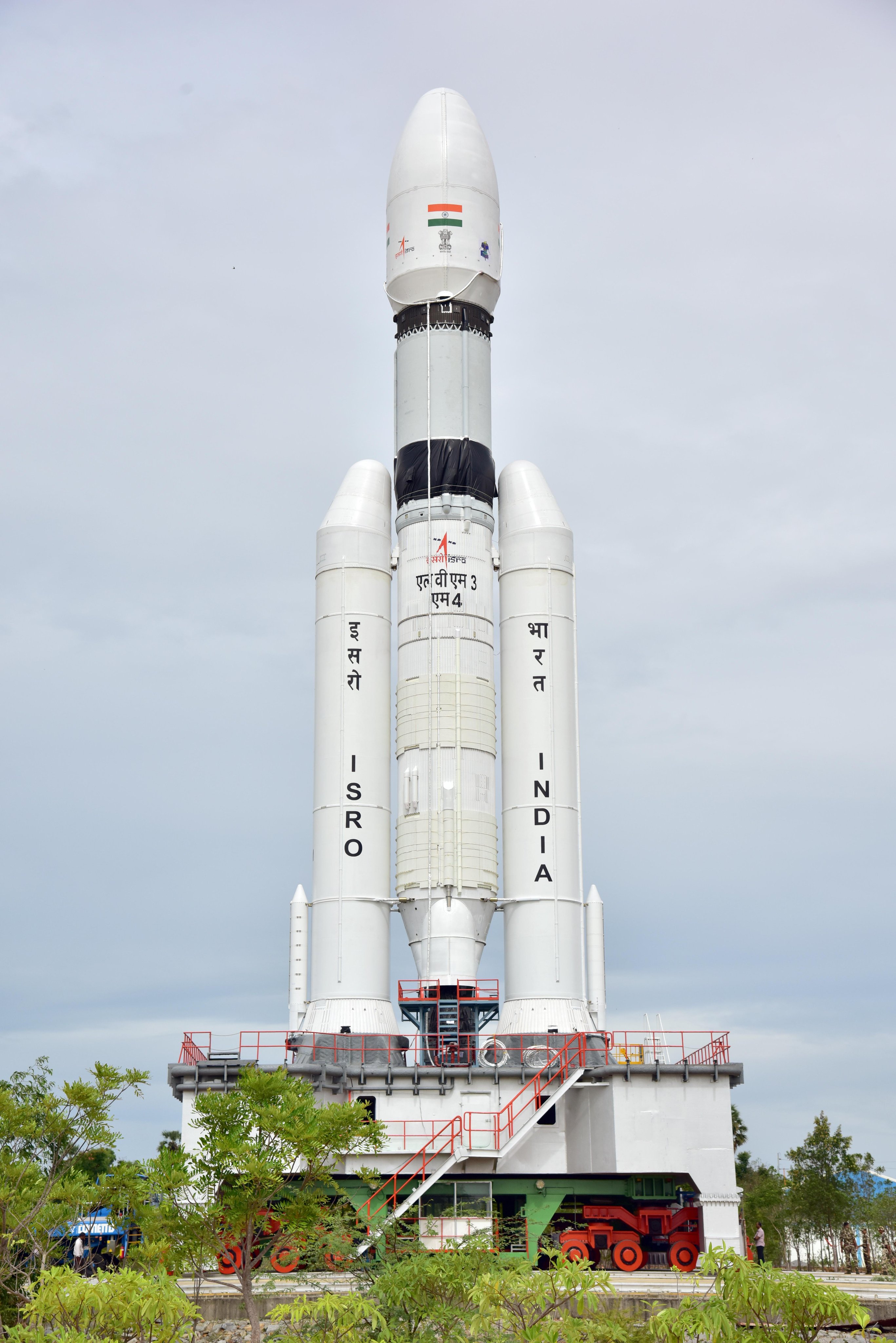India's Chandrayaan-3 Moon mission to launch on July 14 | All you need to know

- Country:
- India
The Indian Space Research Organisation (ISRO) is gearing up for the launch of Chandrayaan-3, a follow-up to the Chandrayaan-2 mission to the Moon, with a target launch date set for July 14.
The mission will be launched by the LVM3 (Launch Vehicle Mark 3) at 2:35 pm IST from the Satish Dhawan Space Centre in Sriharikota. The mission's main objective is to showcase capabilities in achieving a safe landing and rover exploration on the lunar surface.
ISRO's Chandrayaan-3 comprises an indigenous Lander module (LM), a Propulsion module (PM), and a Rover. The propulsion module carries the Spectro-polarimetry of Habitable Planet Earth (SHAPE) payload to study spectral and polarimetric measurements of Earth from the lunar orbit.
The Lander module will carry the following payloads:
- The Chandra's Surface Thermophysical Experiment (ChaSTE) to measure thermal conductivity and temperature on the lunar surface.
- The Instrument for Lunar Seismic Activity (ILSA) to monitor seismicity around the landing site
- The Langmuir Probe (LP) will estimate plasma density and its variations
- A passive Laser Retroreflector Array provided by NASA will enable lunar laser ranging studies.
The Rover module of Chandrayaan-3 will carry the Alpha Particle X-ray Spectrometer (APXS) and Laser Induced Breakdown Spectroscope (LIBS) payloads, which will help analyze the elemental composition of the landing site's vicinity.
Announcing the launch of Chandrayaan-3:🚀LVM3-M4/Chandrayaan-3 🛰️Mission:The launch is now scheduled for 📆July 14, 2023, at 2:35 pm IST from SDSC, Sriharikota Stay tuned for the updates!
— ISRO (@isro) July 6, 2023
Chandrayaan-3 marks another significant milestone in India's space exploration endeavours. The mission will solidify India's position as a key player in space exploration and research.
The key objectives of the Chandrayaan-3 mission:
- To demonstrate a safe and soft landing on the lunar surface
- To demonstrate the capability of the rover to traverse and explore the Moon's surface
- To conduct in-situ scientific experiments to gather valuable data and insights about the lunar environment.










